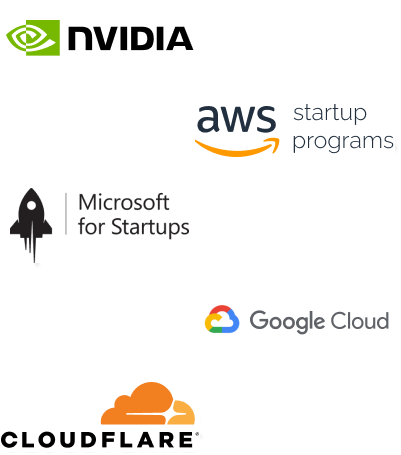- Home
- Services
- IVY
- Portfolio
- Blogs
- About Us
- Contact Us
- Sun-Tue (9:00 am-7.00 pm)
- infoaploxn@gmail.com
- +91 656 786 53
Have you ever launched an app and wondered, why does it feel so slow or heavy? Chances are, a little optimization is all it needs. As developers, we often get caught up in feature building and forget a crucial aspect of app success: performance. In this post, I’ll share some straightforward strategies to make your Flutter app smaller, faster, and much more delightful for your users.
Nothing makes an app heavier than forgotten code and files hiding in your project. It’s like keeping clothes you never wear. Tools like flutter analyze can help identify unnecessary bits. Clear out unused imports, images, and packages to declutter your project and keep your app light.
Pro Tip: Run a manual check occasionally. Sometimes, those extra files sneak past the analyzers!
Code obfuscation not only secures your app from reverse engineering but also reduces its size. Here’s how you can set it up:
In your build.gradle, enable these options:
defaultConfig {
minifyEnabled true
proguardFiles
getDefaultProguardFile(’proguard-android-optimize.txt’),
’proguard-rules.pro’
}
Don’t forget to create and configure the proguard-rules.pro file. With this setup, you’ll notice the difference almost immediately.
Pro Tip: Always test your app post-obfuscation. Debugging obfuscated builds can be tricky.
Images are often the silent culprits behind hefty app sizes. Switch to compressed formats like .webp, which retain quality but reduce file size significantly. Tools like Squoosh can make this transition effortless.
For in-app compression, the flutterimagecompress package is a lifesaver:
import ’package:flutterimagecompress/flutterimagecompress.dart’;
import ’dart:io’;
Future<File> compressImage(File file) async {
final result = await FlutterImageCompress.compressAndGetFile(
file.absolute.path,
’${file.parent.path}/compressed_${file.path.split(’/’).last}’,
quality: 85,
);
Every dependency you add weighs down your app. Regularly review your pubspec.yaml file to ensure you’re only using what’s essential. For instance, if you’re using firebaseauth, avoid adding unnecessary Firebase packages.
Pro Tip: If you have doubts about a package, check its size impact using the flutter pub size command.
Did you know you can tailor your app’s APK to a user’s CPU architecture? This ensures users only download what their device needs, reducing the app size significantly. Simply add these lines to your build.gradle:
android {
...
splits {
abi {
enable true
reset()
include ’armeabi-v7a’, ’arm64-v8a’, ’x86’, ’x86_64’
universalApk false
}
}
}
Build your app with this command:
flutter build apk --split-per-abi
This will generate separate APKs for each ABI.
Imagine your app loading only what’s visible on the screen—no more, no less. That’s the beauty of lazy loading. Use widgets like ListView.builder for long lists or on-demand content loading:
ListView.builder(
itemCount: 1000,
itemBuilder: (context, index) {
return ListTile(
title: Text(’Item \$index’),
);
},
);
Pro Tip: Combine lazy loading with placeholder widgets for smoother transitions.
Too many fonts can inflate your app size unnecessarily. Instead, opt for dynamic loading using the Google Fonts package:
import ’package:googlefonts/googlefonts.dart’; Text( ’Hello, Flutter!’, style: GoogleFonts.roboto(fontSize: 18), );
A cleaner, simpler font strategy makes all the difference.
Building your app in debug mode for production is like wearing sneakers to a formal event—it just doesn’t fit. Always use --release mode to ensure your app is lean and optimized:
flutter build apk --release flutter build ios --release
By following these tips, you’re not just optimizing your Flutter app; you’re improving the user experience. A smaller, faster app doesn’t just look good; it feels good to use. Remember, small tweaks make a big difference. Test thoroughly, and enjoy the journey of crafting the perfect app!
Imagine reducing your operational costs by up to $100,000 annually without compromising on the technology you rely on. Through our partnerships with leading cloud and technology providers like AWS (Amazon Web Services), Google Cloud Platform (GCP), Microsoft Azure, and Nvidia Inception, we can help you secure up to $25,000 in credits over two years (subject to approval).
These credits can cover essential server fees and offer additional perks, such as:
By leveraging these credits, you can significantly optimize your operational expenses. Whether you're a startup or a growing business, the savings from these partnerships ranging from $5,000 to $100,000 annually can make a huge difference in scaling your business efficiently.
The approval process requires company registration and meeting specific requirements, but we provide full support to guide you through every step. Start saving on your cloud infrastructure today and unlock the full potential of your business.

